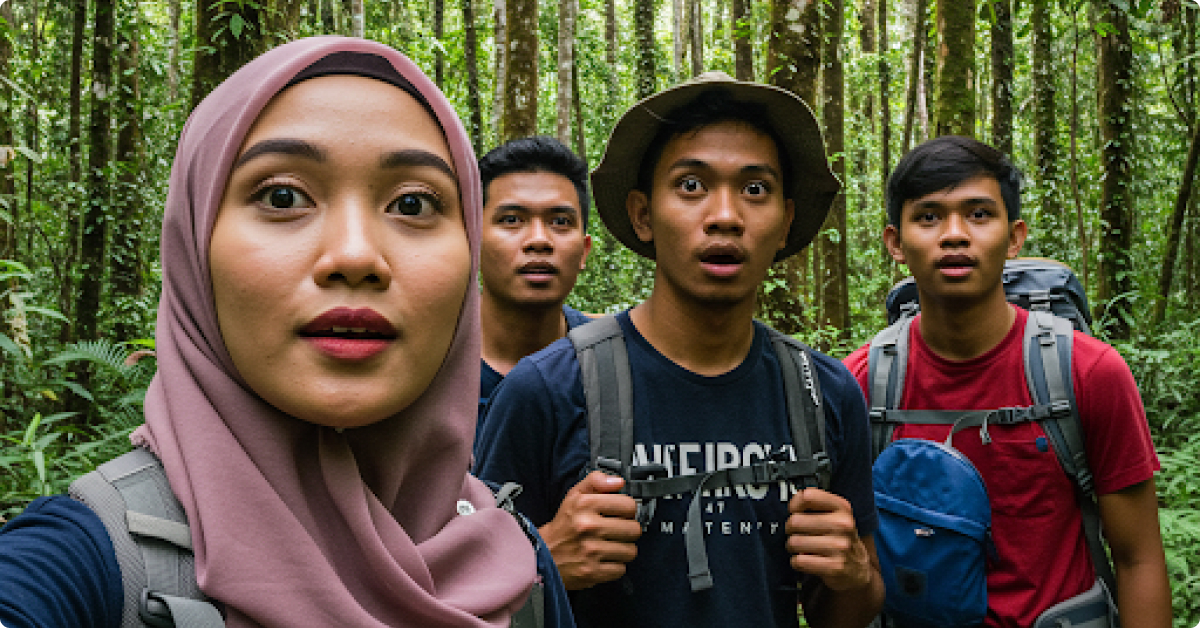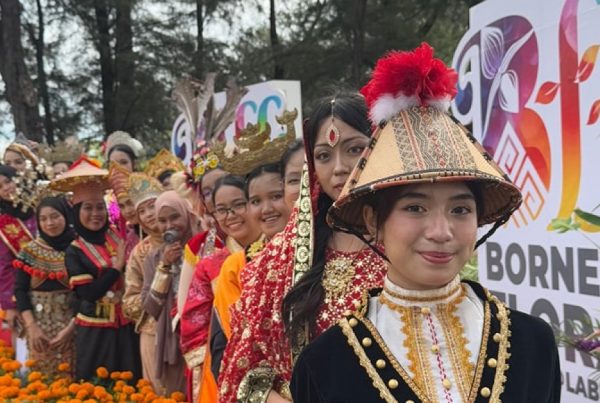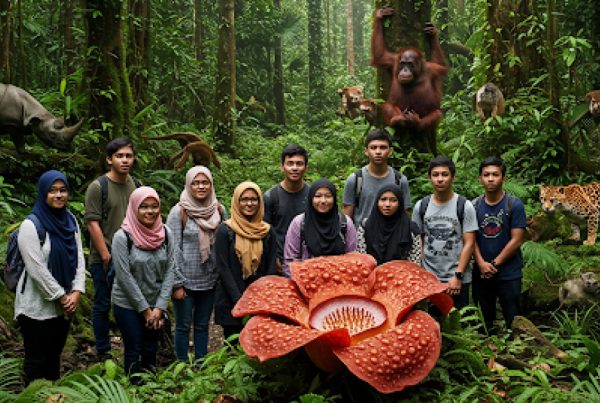The Borneo Rainforest is not just a forest. It is a living, breathing archive of the Earth’s natural history — a living legacy that has existed for over 140 million years. As one of the oldest and most biodiverse ecosystems in the world, the Borneo rainforest spans across Malaysia (Sabah and Sarawak), Indonesia (Kalimantan), and Brunei. It is home to some of the planet’s most endangered and iconic species, rare flora, and untouched jungle ecosystems.
This article presents a complete guide to understanding the richness of the Borneo Rainforest, its flora and fauna, and why it remains a critical heritage for Malaysia and the world.
Borneo Rainforest History
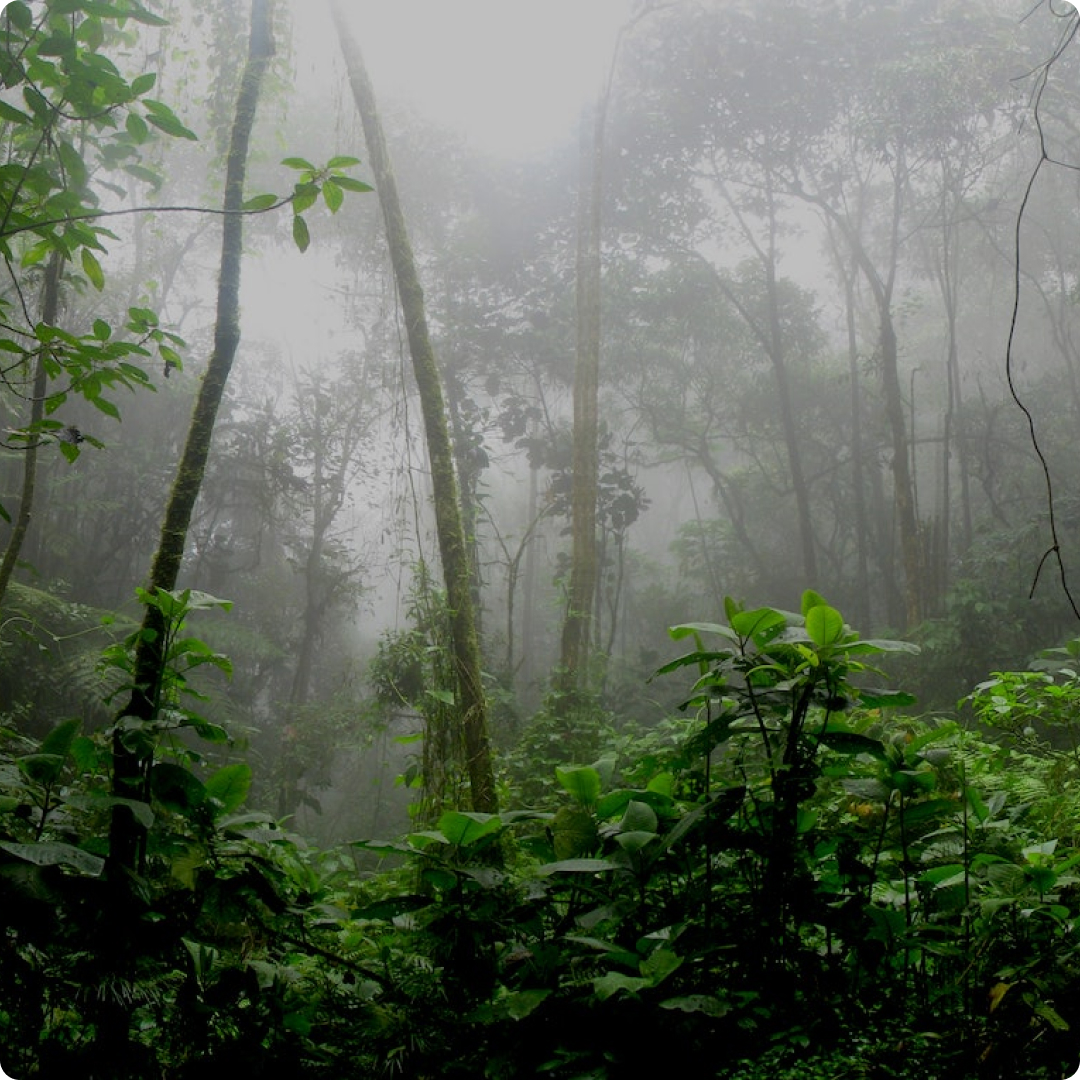
The history of the Borneo rainforest dates back to the prehistoric era, making it one of the oldest equatorial rainforests in existence. Unlike temperate forests, Borneo’s rainforest has never been glaciated, which allowed plants and animals to evolve continuously without interruption.
Over millions of years, the island of Borneo developed into a rich ecological sanctuary. The rainforest once covered nearly the entire island, but due to logging and land use, only about 50% of the primary forest remains today.
Despite threats, large areas of Borneo’s lowland rainforest still exist, especially in protected zones such as Danum Valley, Maliau Basin, and Gunung Mulu National Park. These forests are vital for regulating climate, preserving biodiversity, and supporting the livelihoods of local and indigenous communities.
Read : Borneo Flora And Fauna : Uniquely Wild. Uniquely Ours
Flora at Borneo Rainforest
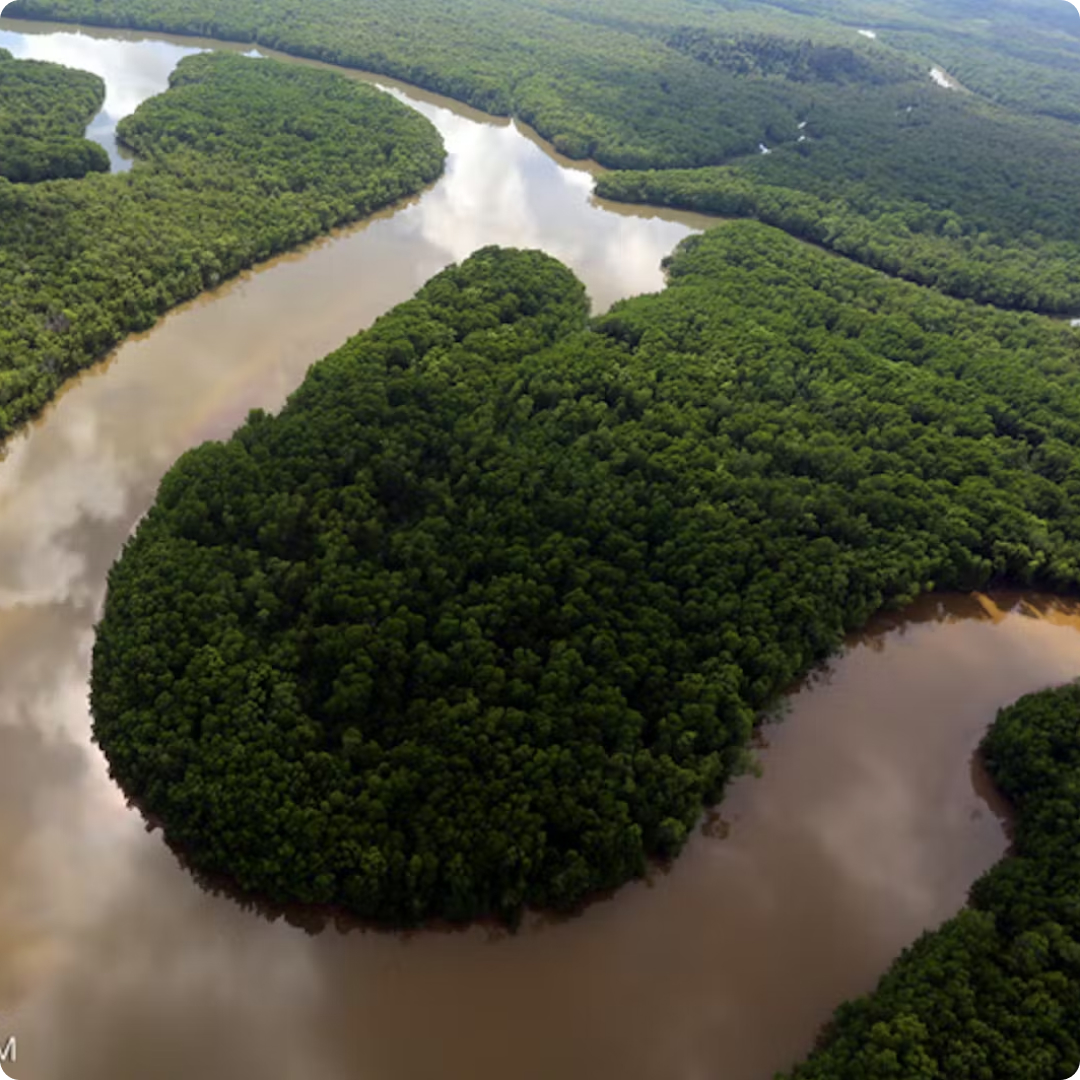
The flora of the Borneo rainforest is incredibly diverse. More than 15,000 plant species have been recorded, including over 3,000 species of trees and 1,700 species of orchids. Borneo is home to the world’s tallest tropical tree — the Shorea faguetiana, also known as the Yellow Meranti — which can grow up to 100 metres.
Unique plant species such as the Rafflesia, the world’s largest flower, and Nepenthes rajah, a carnivorous pitcher plant, are iconic symbols of Borneo’s botanical richness.
Other important vegetation includes dipterocarp trees, figs, wild gingers, ferns, and mosses. These plants play critical roles in maintaining soil fertility, absorbing carbon dioxide, and serving as food and habitat for rainforest animals.
Read : 25 Fun Facts About Borneo Jungle Ecosystem (2025 Edition)
Fauna at Borneo Rainforest
The fauna of the Borneo rainforest is equally remarkable. Borneo supports around:
- 420 bird species
- Over 100 amphibians
- 222 mammal species
- 394 freshwater fish species
- Thousands of insect and invertebrate species
Among the most iconic wildlife are the Bornean orangutan, proboscis monkey, Borneo pygmy elephant, clouded leopard, and sun bear. Many of these animals are endemic to Borneo, meaning they are found nowhere else on Earth.
The rainforest canopy supports an array of life, from hornbills and flying squirrels to tree frogs and butterflies. The forest floor, in contrast, is a quieter but equally vital habitat for ground-dwelling mammals and insects.
Iconic Trees at Borneo Rainforest
Several tree species in the Borneo rainforest are globally recognized for their size, function, and cultural significance.
- Shorea faguetiana (Yellow Meranti) – World’s tallest tropical tree
- Ficus (fig trees) – Keystone species supporting fruit-eating animals
- Tualang (Koompassia excelsa) – Towering tree used by honeybees
- Dipterocarpus spp. – Dominant hardwood species forming the upper canopy
- Ironwood (Eusideroxylon zwageri) – Highly durable timber tree, known locally as Belian
These trees are crucial not only for oxygen production and carbon capture but also for maintaining the structure and diversity of the forest ecosystem.
Iconic Animal at Borneo Rainforest
Among the many incredible animals of Borneo, the Bornean orangutan (Pongo pygmaeus) stands as the most symbolic.
The Bornean orangutan is critically endangered, with fewer than 100,000 remaining in the wild. Native only to the island of Borneo, these intelligent primates share nearly 97% of their DNA with humans. They play a crucial role in seed dispersal and maintaining the rainforest’s health.
Efforts by organisations such as the Orangutan Republik Foundation and WWF have focused on orangutan rehabilitation, anti-poaching initiatives, and habitat restoration.
Other important animals include:
- Malayan sun bear – World’s smallest bear species
- Clouded leopard – Rare predator that lives in the forest canopy
- Borneo pygmy elephant – Smaller and more docile than its Asian elephant cousin
- Proboscis monkey – Endemic to Borneo, known for its large nose and aquatic abilities
The Bornean Jungle Ecosystem
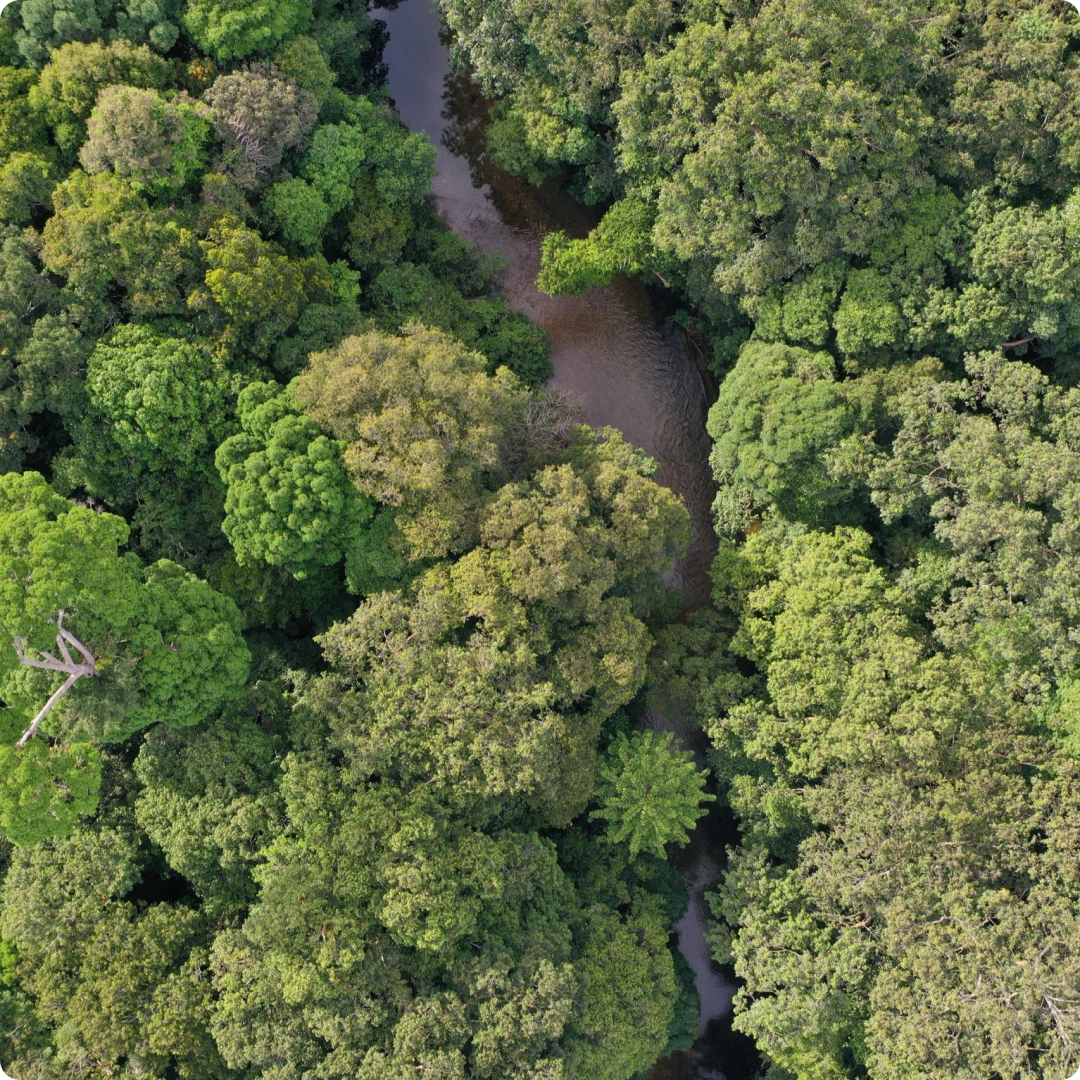
The jungle ecosystem of Borneo functions as a complex web of relationships between soil, plants, water, animals, and microorganisms. This rainforest is classified as a tropical lowland rainforest and contains:
- Emergent layer – Trees above 70 metres that form the uppermost canopy
- Canopy layer – Dense cover of trees forming a roof over the forest
- Understory – Shrubs, small trees, and young saplings
- Forest floor – Leaf litter, fungi, and decomposing organic matter
The rainforest also plays a key role in regional hydrology. Rivers originating from the forest supply water to downstream communities. Meanwhile, the dense vegetation helps mitigate climate change by absorbing carbon dioxide and maintaining regional rainfall patterns.
The Legacy of Borneo Rainforest
The legacy of the Borneo rainforest lies in its ability to inspire, sustain, and teach. For centuries, indigenous groups such as the Dayak, Kadazan-Dusun, and Penan have relied on the forest for food, medicine, and cultural practices.
Despite deforestation and land-use pressures, conservationists and researchers continue to advocate for the protection of this ancient rainforest. Ecotourism, environmental education, and sustainable forestry practices are vital to preserving this legacy for future generations.
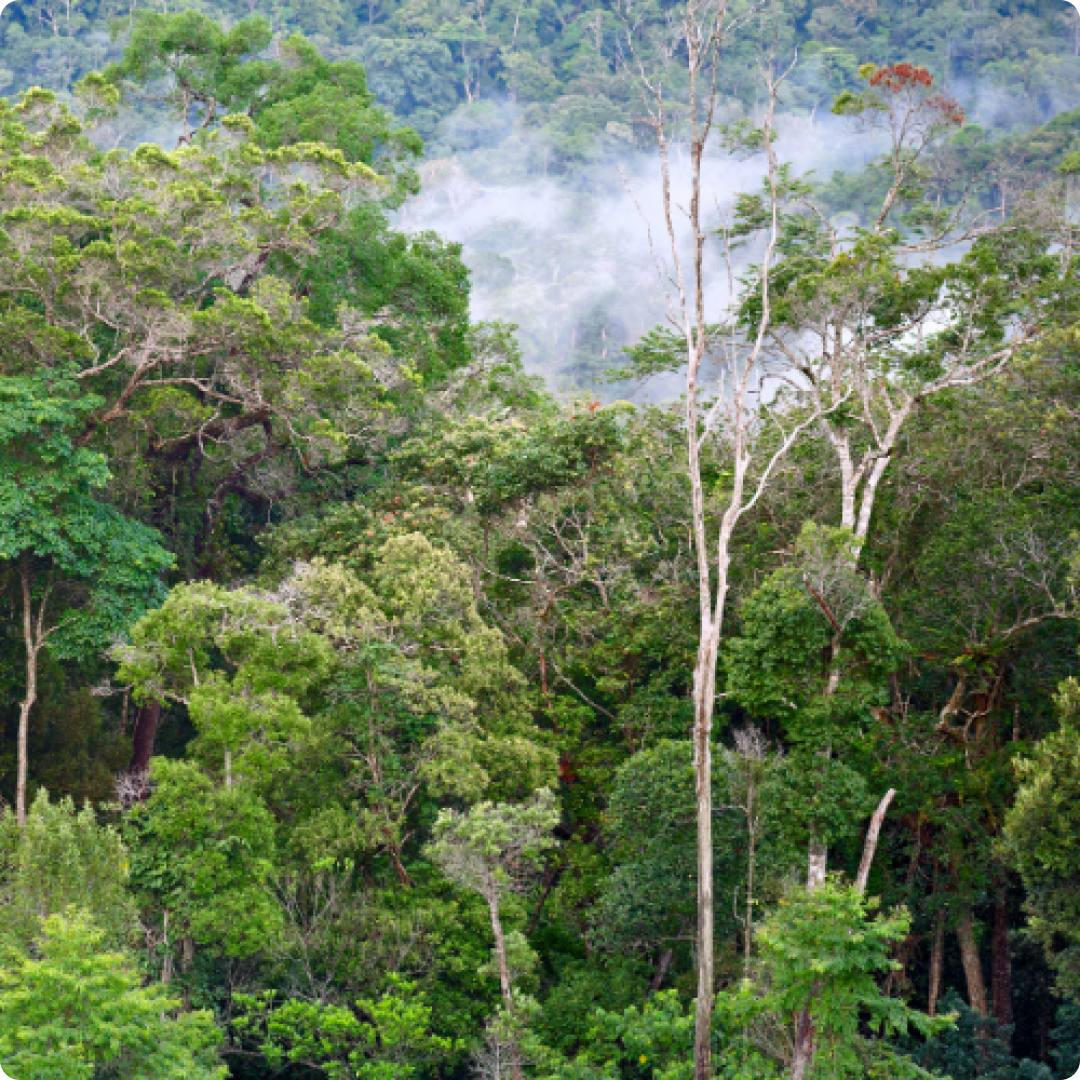
Today, the Borneo rainforest is recognised as a global biodiversity hotspot and a critical part of Malaysia’s natural identity.
“If we lose Borneo’s rainforests, we are not just losing trees — we are losing centuries of evolution, wisdom, and life that can never be recreated.” — Dr. Biruté Mary Galdikas, Orangutan Researcher & Conservationist
Conclusion
The Borneo rainforest is a living legacy — an ancient treasure trove of biodiversity, culture, and natural wonder. From towering dipterocarps to endangered orangutans, it represents one of the most complete ecosystems on Earth.
And now, you don’t need to trek deep into the jungle to witness this wonder.
You can experience the Borneo rainforest at the upcoming Borneo Flora Festival in Labuan, where its flora, fauna, and ecosystem will be brought to life through interactive gardens, exhibitions, and educational installations.
Refer to the infographic below for more information on how to be part of this extraordinary rainforest journey.


